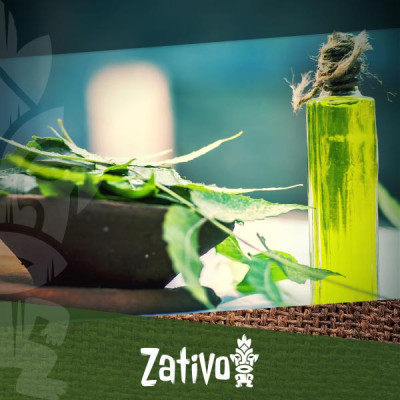Don't have an account?
Register NowYou have to add to cart at least 5 bottles or any program to make checkout.
- BlogNeem Oil: What It Is, What It Does, And How To Make It
Neem Oil: What It Is, What It Does, And How To Make It
Published: March 4th, 2020
Categories:
Cannabis Cultivation
Finding a pesticide/insecticide that is both effective and non-toxic can be difficult. Organic insecticides are a great way to protect your plants without having to resort to toxic and harmful chemicals. However, most natural pesticides are only somewhat useful. By comparison, neem oil has proven to be an extremely effective all-natural solution. Neem oil is perfectly safe to handle and can be safely applied to your cannabis plants, protecting them from insects and fungi.

WHAT IS NEEM OIL AND WHERE DOES IT COME FROM?
Neem oil is extracted from the seeds of the neem tree. Native to the Indian subcontinent, the botanical name for the neem tree is Azadirachta indica. Neem has been used for thousands of years in ancient Indian medicine and agriculture for its array of beneficial properties.
WHAT IS NEEM OIL USED FOR?
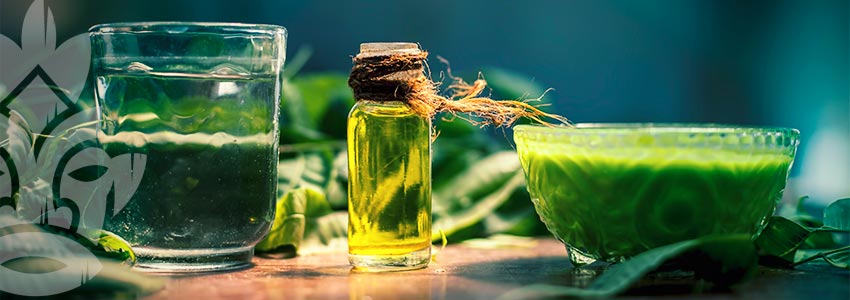
Neem oil has a multitude of uses. It is primarily used as an insecticide and fungicide to maintain the health of plants and to prevent damage from harmful pests. In Indian agriculture, neem has long been used to manage pests and supply nutrients to plants. Neem has also been shown to help crops by functioning as a fertiliser that stimulates plant growth. Overall, neem-based agricultural products can act as repellents, fertilisers, antifeedants, growth regulators, sterilants, and oviposition-inhibiting agents.
Neem is not only effective, but also safe to handle. It can be used throughout the entire crop production cycle, and has no adverse effects on mammals, birds, or butterflies.
Neem oil is commonly used in the production of cosmetics and hygienic products. Neem can be found in a wide array of lotions, face masks, sunscreens, soaps, and even toothpastes.
Despite a lack of clinical evidence on its effectiveness, neem oil has long been used as an herbal folk medicine. It is believed to exhibit an array of therapeutic properties that may be useful in the treatment of health conditions such as ulcers, malaria, cardiovascular disease, and skin problems. However, much more research is necessary in order to confirm its potential to treat any of these conditions.
WHAT TYPES OF NEEM OIL ARE AVAILABLE?
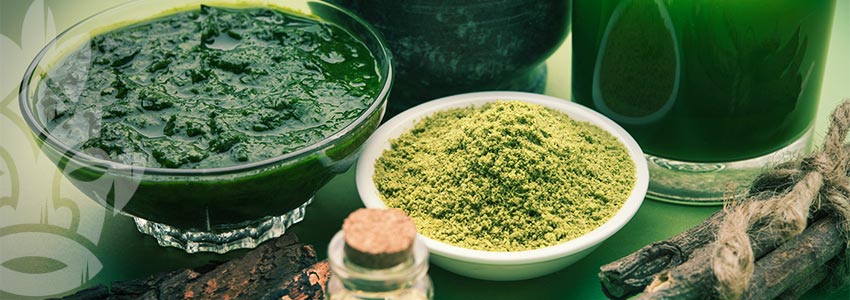
Most commercially available neem sprays feature either cold-pressed azadirachtin or clarified hydrophobic neem extract. While these two compounds are both derived from the neem tree, there are some differences that may make one more effective than the other in certain situations.
COLD-PRESSED NEEM OIL
Cold-pressed neem oil, otherwise known as azadirachtin neem oil, is extracted from the kernels of neem seeds. Azadirachtin is a complex compound composed of numerous oxygen-bearing functional groups.
Azadirachtin spray is believed to be more effective against insects in the larval stage than in other stages. After being ingested by insects, this spray functions as a stomach poison, eventually killing off the host. Additionally, it functions as a steriliser, repellent, and growth regulator. Because it must be ingested to work, it acts somewhat more slowly than other insecticides.
Azadirachtin is believed to work best at higher temperatures of 21℃ or more, and to be effective against whiteflies, leafminers, aphids, thrips, two-spotted spider mites, and more.
HYDROPHOBIC EXTRACT OF NEEM OIL
Clarified hydrophobic extract is produced by treating neem oil with alcohol to extract and remove the azadirachtin. The remaining oil then works to obstruct the breathing pores of insects, eventually suffocating them. It is most effective against soft-bodied insects and mites such as aphids, spider mites, whiteflies, and mealybugs.
Because it works successfully against fewer kinds of insects than azadirachtin neem oil, it is generally considered to be a less effective solution overall. Moreover, because it requires direct contact to work, you may need to re-apply hydrophobic extract much more often in order to kill all insects present.
HOW DOES NEEM OIL WORK AS AN ORGANIC INSECTICIDE?
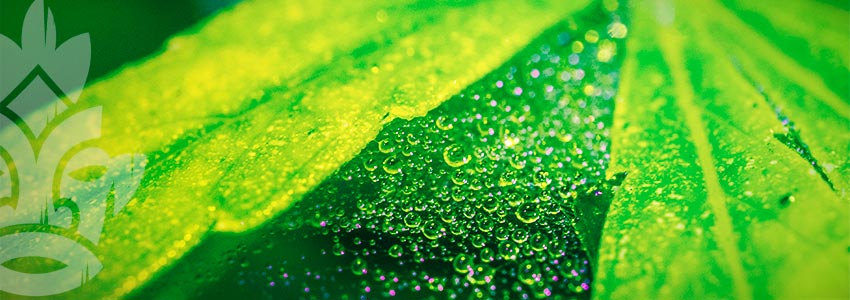
Neem oil has proven its worth as an all-natural defence against many of the pests typically found in the average cannabis garden. It displays effectiveness against mites, aphids, snails, slugs, termites, mosquitoes, ants, and caterpillars (among others).
Neem oil is considered to be a contact insecticide, meaning it only harms the insects it comes into direct contact with it. It exerts systemic and translaminar activity in order to kill and repel these insects. Neem oil can stop insects in a multitude of ways, such as by inhibiting feeding, impacting hormone function in juvenile stages (preventing maturation and larval hatching), deregulating growth, reducing ecdysone, altering development and reproduction (by sterilising and suppressing fertility), and disrupting molting processes.
When applied directly to the leaves of a plant, neem oil can kill any insects in its way and send the rest running. When applied to the soil of a plant, the oil is absorbed through the roots and distributed systemically throughout the plant’s vascular system, acting as a comprehensive defence for the whole plant.
Apart from insects, neem oil is also known to protect plants from fungi, root rot, black spots, and sooty mould.
NEEM OIL SMOTHERS INSECTS
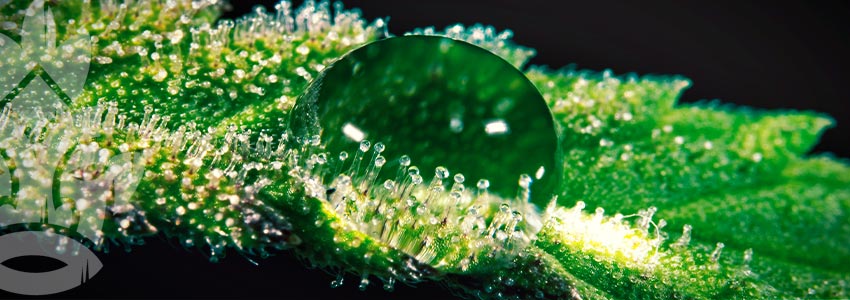
One way that neem oil works against insects is by physically smothering and suffocating them. Upon contact, neem oil will smother any soft-bodied insects unlucky enough to be in its path. The oil simply envelops them, making it difficult to breathe, clogging their air pores, and eventually suffocating them. When sprayed, neem oil has the potential to kill many insects, including beneficial ones like ladybugs, which may otherwise be intelligent enough to avoid it.
NEEM OIL IS HARMFUL AND REPULSIVE TO INSECTS
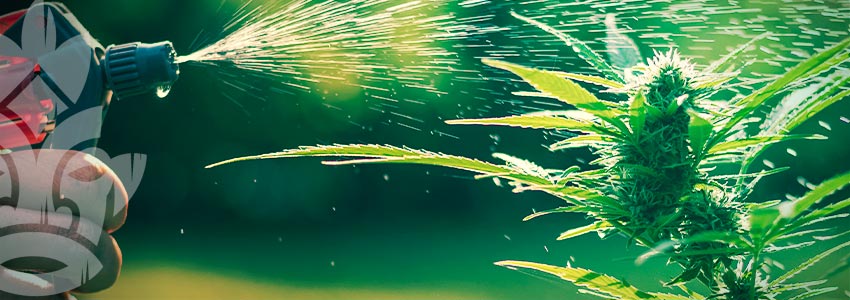
Neem oil is known to cause a number of harmful hormonal processes that can kill insects or stop them from reproducing. Limonoids such as azadirachtin and salannin are believed to be responsible for triggering these processes.
Azadirachtin has been shown to inhibit the release of hormones that stimulate reproduction (leading to fertility problems), and to interfere with mitosis by blocking microtubule formation in actively dividing cells. It is also believed to directly affect insect cells, muscles, and fatty tissues, leading to a restriction of movement and decreased flying ability.
In addition, neem oil has been shown to exert a variety of other harmful effects on various species of insects. For example, in some insect groups, it exerts antifeedant effects and increases larvae mortality. In others, neem oil has been shown to cause early death by inhibiting growth and causing malformations and deformities in cocoons and egg hatching.
Furthermore, insects dislike the taste of neem oil. The bitter, garlic-like flavour will send most pests running.
HOW DO YOU APPLY NEEM OIL?
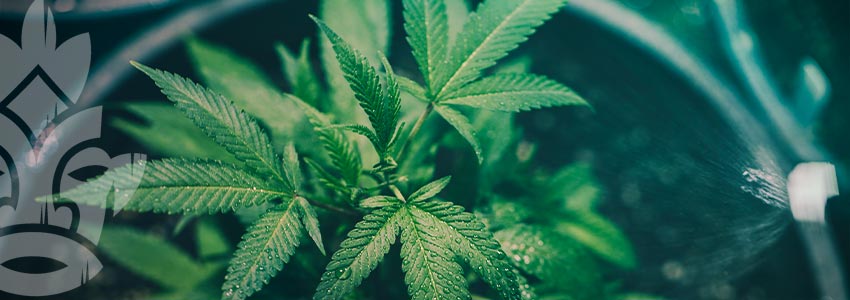
If you are spraying to clear out an infestation, make sure to thoroughly drench all the plant’s leaves, as well as the soil surrounding it. Spray once per week until the problem disappears completely. Remember to reapply the spray if rain washes it off, although never too often. If using it as a preventative measure, spraying thoroughly just once every two weeks should be enough to keep your plants clear of critters.
You will need to shake and agitate your mixture well before use, and even during use, in order to make sure the oil doesn’t settle near the bottom of the bottle. Moreover, it is recommended that the mixture be used within 8–10 hours of being made to prevent clumping.
If you are worried about sensitive plants, it is a good idea to do a test spray to determine whether the mixture is safe for use. Simply spray neem oil onto one leaf and wait 24 hours. If no damage has occurred in that timespan, you're in the clear. Neem oil should never be applied to plants that have already been stressed by drought or overwatering. It is also sometimes advised to avoid applying neem spray in extremely cold or hot temperatures. Finally, you should never apply neem oil directly to cannabis buds. Aim for the foliage only.
HOW TO MAKE YOUR OWN NEEM OIL

Neem oil is a very affordable insecticide that can likely be found at your local garden centre or horticultural store. However, you can always just make your own at home. Not only is homemade neem spray cheaper than store-bought, but making your own gives you greater control over the ingredients and concentration of your spray.
Step 1: Premix
Before adding your oil, you will want to premix your water and soap. Liquid soap will help with the emulsification process, making it easier for the mixture to take hold. Mix 1l of warm water with ½ tsp. (2ml) liquid soap, stirring until well mixed.
Step 2: Add oil
Start with a cold-pressed neem oil or neem extract base. This base should be "raw" or "crude", indicating 100% purity. Using an organic neem oil base should ensure that there is no contamination from petrochemicals or solvents.
Slowly mix the oil into the premix while stirring vigorously. 5ml of neem oil should be enough to produce a solution of 0.5% concentration when mixed with 1l of water.
Step 3: Shake and use
Pour your mixture into a spray bottle and shake well to mix. Remember to shake the bottle during use too, and to apply the mixture within 8–10 hours.

